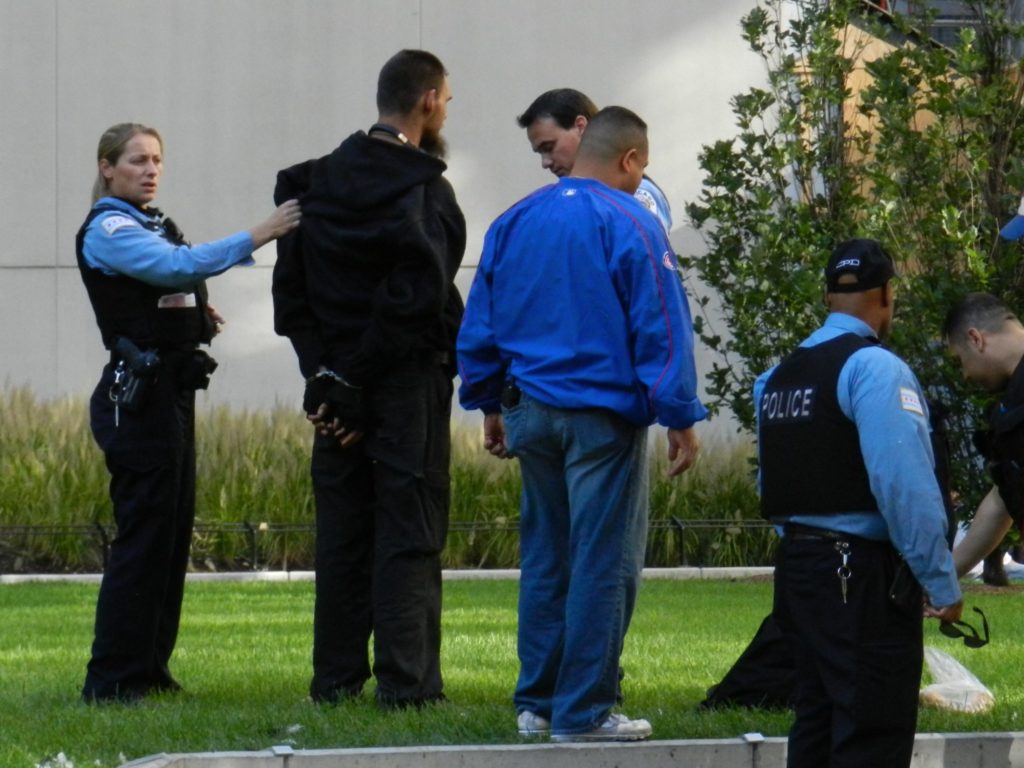An analysis by the Animal Welfare Institute (AWI) has found that the majority of states have gotten off to a slow start reporting animal cruelty incidents to the FBI’s national crime database.
In 2015, in recognition of the importance of animal cruelty crimes and their effect not only on animal welfare but also on public safety, the FBI added animal cruelty crime incidents to the National Incident-Based Reporting System (NIBRS). Consequently, voluntary collection of data on animal cruelty crimes began the following year among local police agencies.
AWI’s Animal Cruelty Reporting Scorecard lists the top 20 states according to the apparent robustness of their efforts to track animal cruelty crimes. In 2017 and 2018 — the two most recent years for which statistics are available — Delaware, Colorado and New Hampshire led the pack, while Massachusetts, West Virginia and Idaho were at the bottom of the list.
Under NIBRS, an animal cruelty incident is any report of a suspected offense, either from a citizen or initiated by a law enforcement officer, animal control officer, or humane law enforcement official. To be “counted,” an incident does not have to result in an investigation or an arrest.

Not all states are currently in the NIBRS system. Moreover, some states that are participating in NIBRS are not yet collecting animal cruelty crime incidents, and a few states reported fewer than six animal cruelty incidents in 2018 — an indication that adoption of the new policy is still in its early stages. Those states are excluded from AWI’s ranking.
“We realize that a newly recognized crime cannot appear in reports overnight, but we had hoped to see more progress by this point,” said Mary Lou Randour, Ph.D., senior advisor for AWI’s animal cruelty program.
Among the highlights of AWI’s scorecard:
- Delaware reported the most animal cruelty incidents in 2018 — a total of 1,097 incidents, or a rate of 113 incidents per 100,000 population. The second-highest rate reported was from Colorado, with 782 incidents, or a rate of 14 incidents per 100,000 population. The striking reported incident rate difference between Delaware and other states can be attributed in large part to Delaware’s more streamlined and successful system for capturing and reporting animal cruelty crime statistics — and not to a vastly higher rate of animal cruelty incidents in the state. Delaware’s statewide Office of Animal Welfare is primarily responsible for reporting animal cruelty crime incidents, while other states rely on individual law enforcement agencies to report.
- Massachusetts, West Virginia and Idaho each reported less than one incident per 100,000 population. Idaho, which ranked last on the scorecard, reported only seven incidents in 2018, or 0.4 per 100,000 population.
- The 2018 national average for animal cruelty incidents was four per 100,000 population, a number that AWI considers to be artificially low based on delayed state participation. Rates of crimes often associated with animal cruelty — assault, vandalism, robbery, and drugs — were exponentially higher. In 2018, an average of 66 robberies were reported to NIBRS per 100,000 population, while 799 drug offenses were reported. As more law enforcement agencies begin tracking and reporting animal cruelty data, AWI expects animal cruelty incident rates to rise considerably.
Featured image: a police officer places someone under arrest. Image credit Shane T. McCoy / US Marshals, CC BY-SA 2.0.





